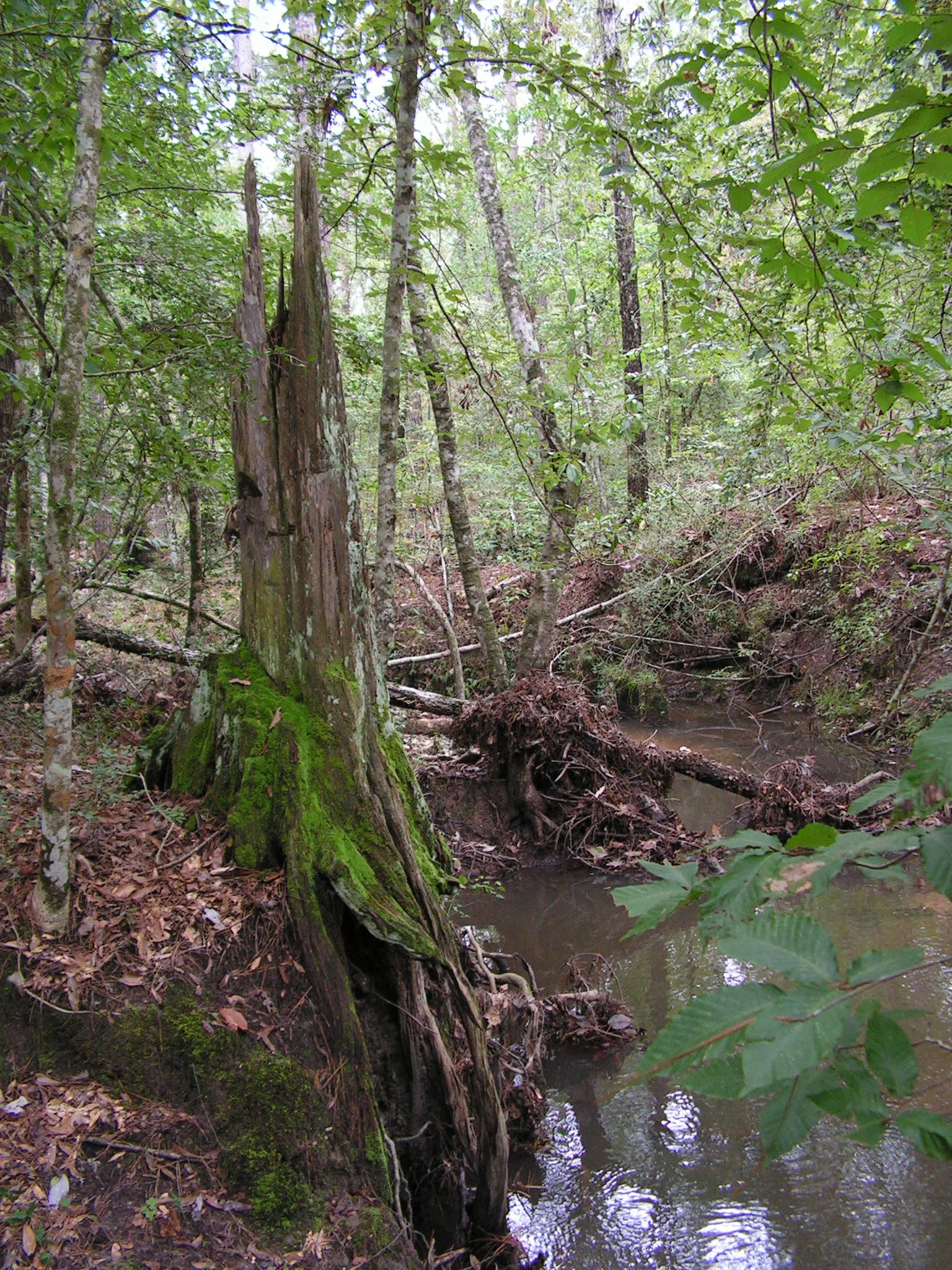current research
The following references are taken largely from academic literature sources. They are included here to give users of these pages an insight into some of the current research being published. Admittedly, there is a fair amount, well a whole lot, of bias concerning what is listed and what is not. Basically articles listed are those I find interesting. Many may have little to do with Texas bryophytes, while others are loosely related, and some are directly related.
Unfortunately, all of these materials are copyrighted, so copies of this research cannot be distributed through this website. If any article is particularly interesting to the user, a good source would be a local university library that has a subscription to one of the journals referenced in the citations below.
Where sources are deemed “open access” or “public property” I have included a link to the paper or source.
Life under quartz: hypolithic mosses in the Mojave Desert. PLOS ONE: 15(7). 2020. J.T.B. Ekwealor, M.K. Fisher.
Bryophytes are highly unique organisms that have adapted to life in extreme habitats. In the Mojave Desert of the southwestern United States, a few mosses have found a niche that allows them to persist in an otherwise hostile environment. Living under quartz pebbles, these mosses have found a micro-environment that retains moisture longer than the adjacent substrates. In addition, the quartz pebbles allow the transmission of light to the mosses beneath the stone. A link to the paper is here.
Seventy-five mosses and liverworts found frozen with the late Neolithic Tyrolean Iceman: origins, taphonomy, and the Iceman’s last journey. PLoS ONE 14(10). 2019. Dickson, J.H., Oeggl, K.D., Kofler, W., Hofbauer, W.K., Porley, R., Rothero, G.P., et al. https://journals.plos.org/plosone/article?id=10.1371/journal.pone.0223752
Patterns of bryophyte life-forms are predictable across land cover types. Ecological Indicators 109. 2019. D. Spitale, P. Mair, J. Nascimbene.
Bryophytes are promising indicators for detecting the impact of rapid global change. However, despite their great potential, they are still largely neglected, and their patterns across wide areas and environmental gradients are still poorly explored. In this paper the authors tested the capacity of bryophyte life-forms to respond to environmental and anthropogenic factors. The results suggest that patterns of bryophyte life-forms are predictable across land cover types and altitude thus providing a direct link between the organism and the environmental conditions.
Hidden in plain sight: how overlooking ephemeral bryophytes can bias biodiversity assessments and conservation actions. The Bryologist 122(2): 260-270. 2019. J. Larrain, D. Alarcon, V. Ardiles, and C. Atala.
Assessing biodiversity is essential for mitigation of negative anthropogenic impacts on the environment. The Chilean endemic moss Costesia macrocarpa was found to be much more prevalent than originally thought. The previous status of the species as vulnerable or nearly threatened, was shown to be potentially inacurate due to the seasonal fluctuations in abundance of this ephemeral species.
The unusual inter-tidal niche of the rare moss Bryum marratii Wilson. Journal of Bryology 40(4): 371-376. 2018. D. Callaghan, G. Farr.
Due to their poikilohydric nature, bryophytes are generally not perceived as being tolerant of higher salinity levels. However, in this study Bryum marratii was found to be tolerant of inundation by seawater for a total of 3.6 days over the course of a year. A very interesting aspect of the species ecology, considering the general intolerance of bryophytes to saline environments.
The Genus Bryhnia and Bryhnia graminicolor (Bryophyta: Brachytheciaceae) new to the bryophyte flora of Texas, U.S.A. J. Bot. Res. Inst. Texas 11(1): 269-275. 2017. D. Kruse.
Bryhnia graminicolor (Brid.) Grout is reported new to the state of Texas. A distribution map of B. graminicolor is provided for the south central states of Alabama, Arkansas, Louisiana, Mississippi, Oklahoma, Tennessee, and Texas. A key to the genera in the Brachytheciaceae in Texas is provided, and relevant morpohological characters are discussed to differentiate B. graminicolor from similar species found in Texas.
Resolving the northern hemisphere source region for the long-distance dispersal event that gave rise to the South American endemic dung moss Tetraplodon fuegianus. Am. J. Bot. 104(10): 1-9. 2017. L. Lewis.
Tetraplodon fuegianus, which marks the southernmost populations in the bipolar lineage of Tetraplodon, arose following a single long-distance dispersal event involving a T. mnioides lineage that is now rare in the northern hemisphere and potentially restricted to the Pacific Northwest of North America. Furthermore, gene flow between sympatric lineages of Tetraplodon mnioides in the northern hemisphere is limited, possibly due to high rates of selfing or reproductive isolation.
